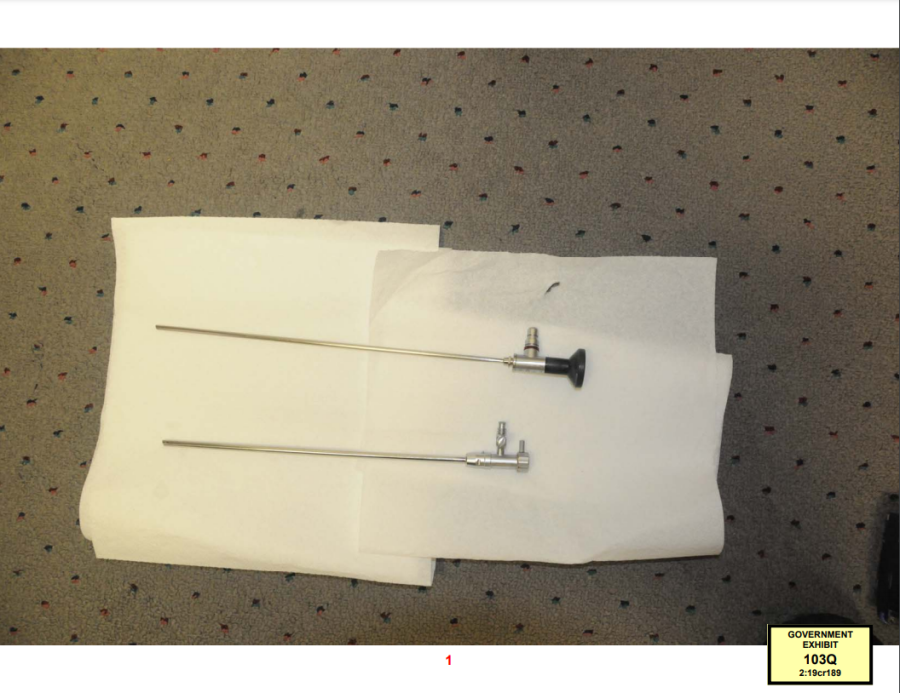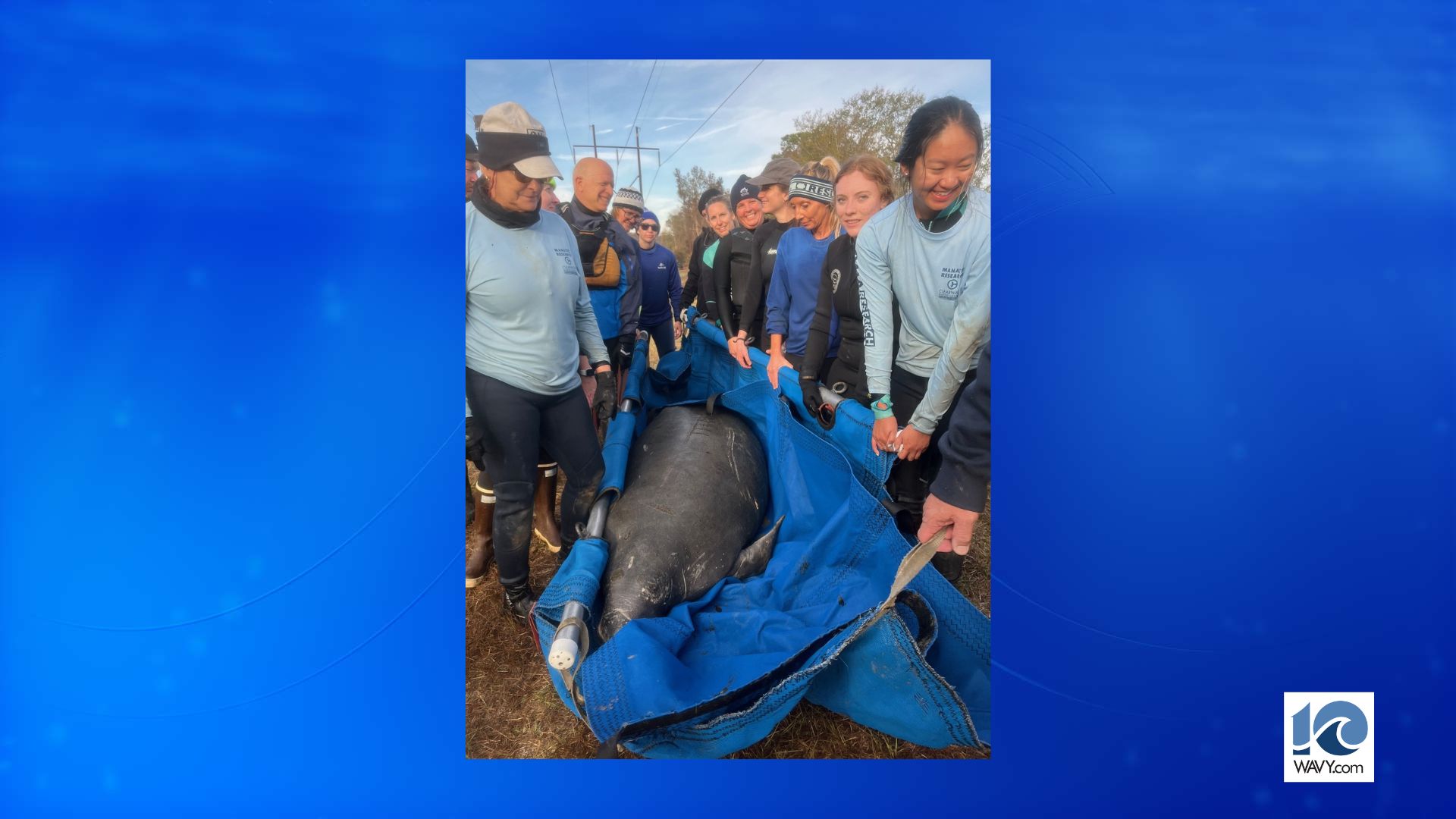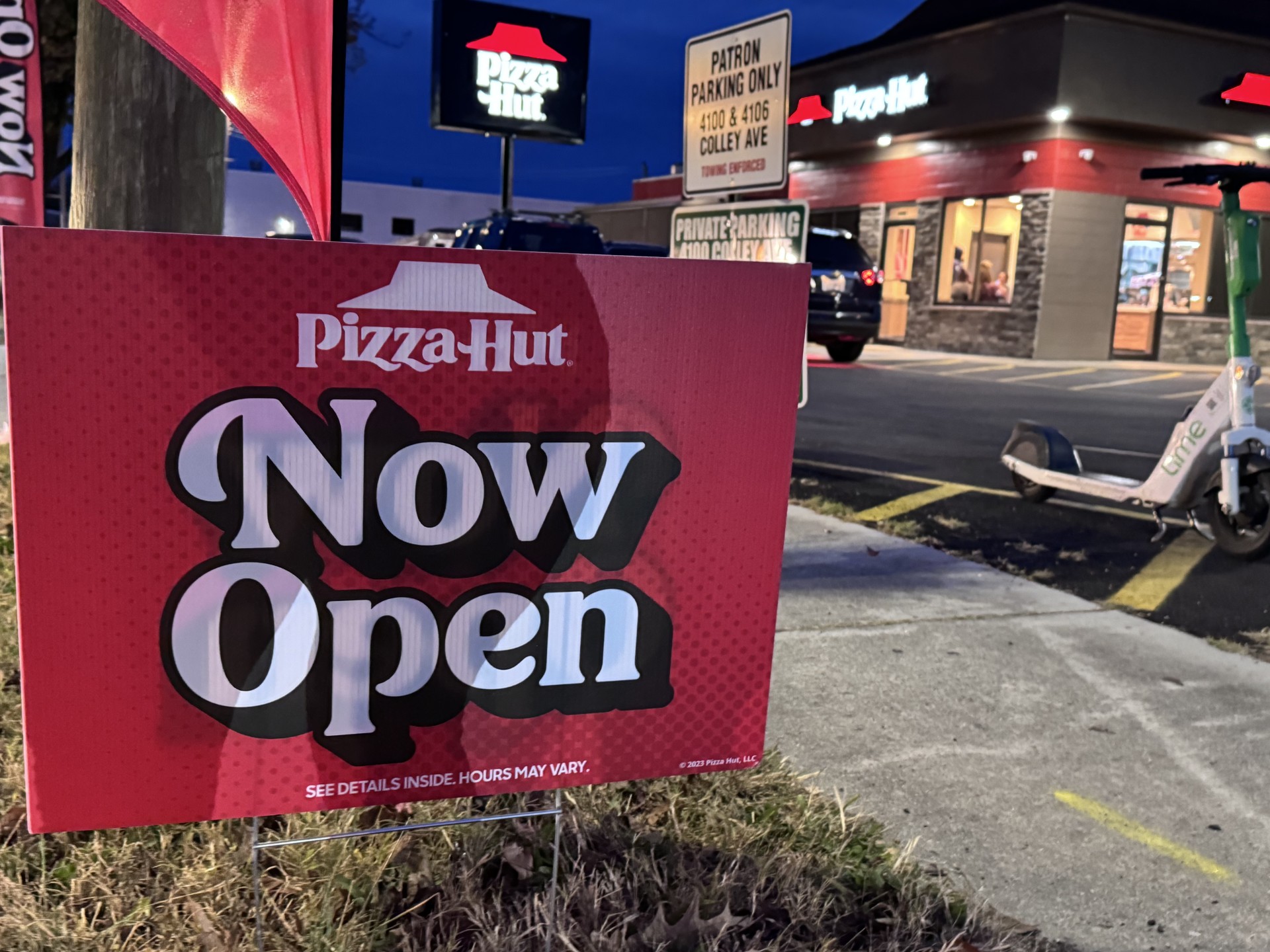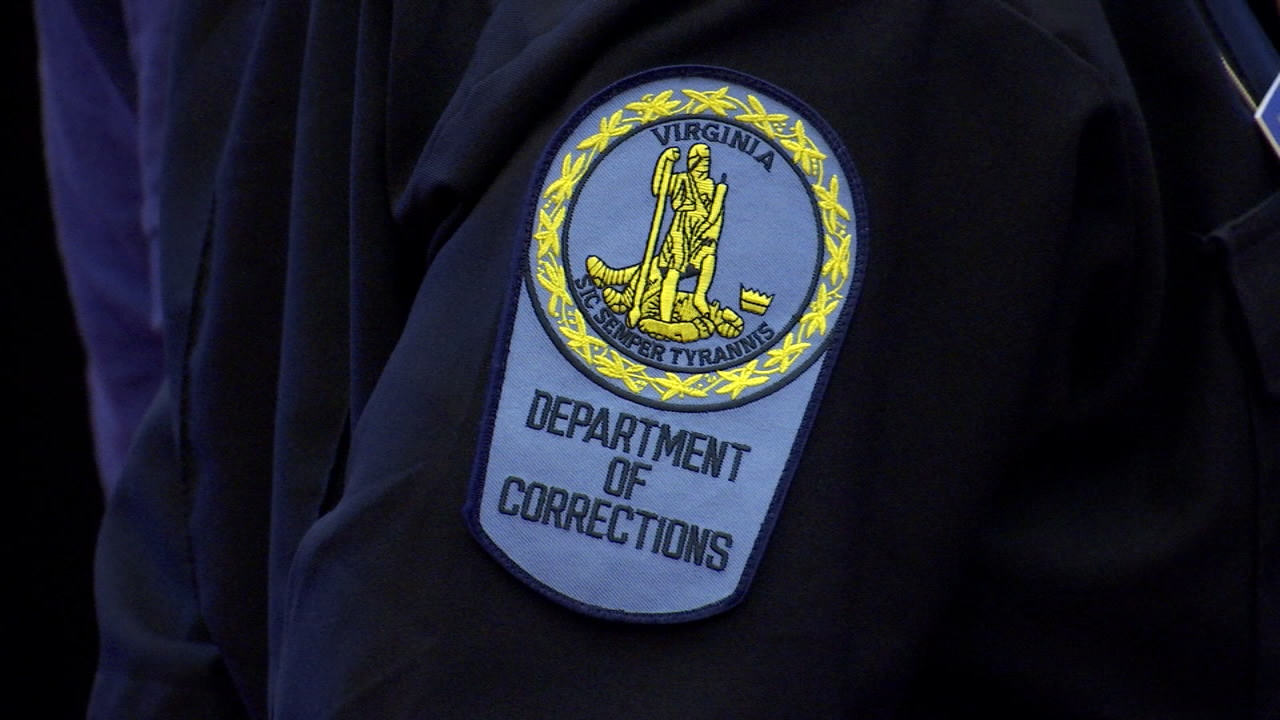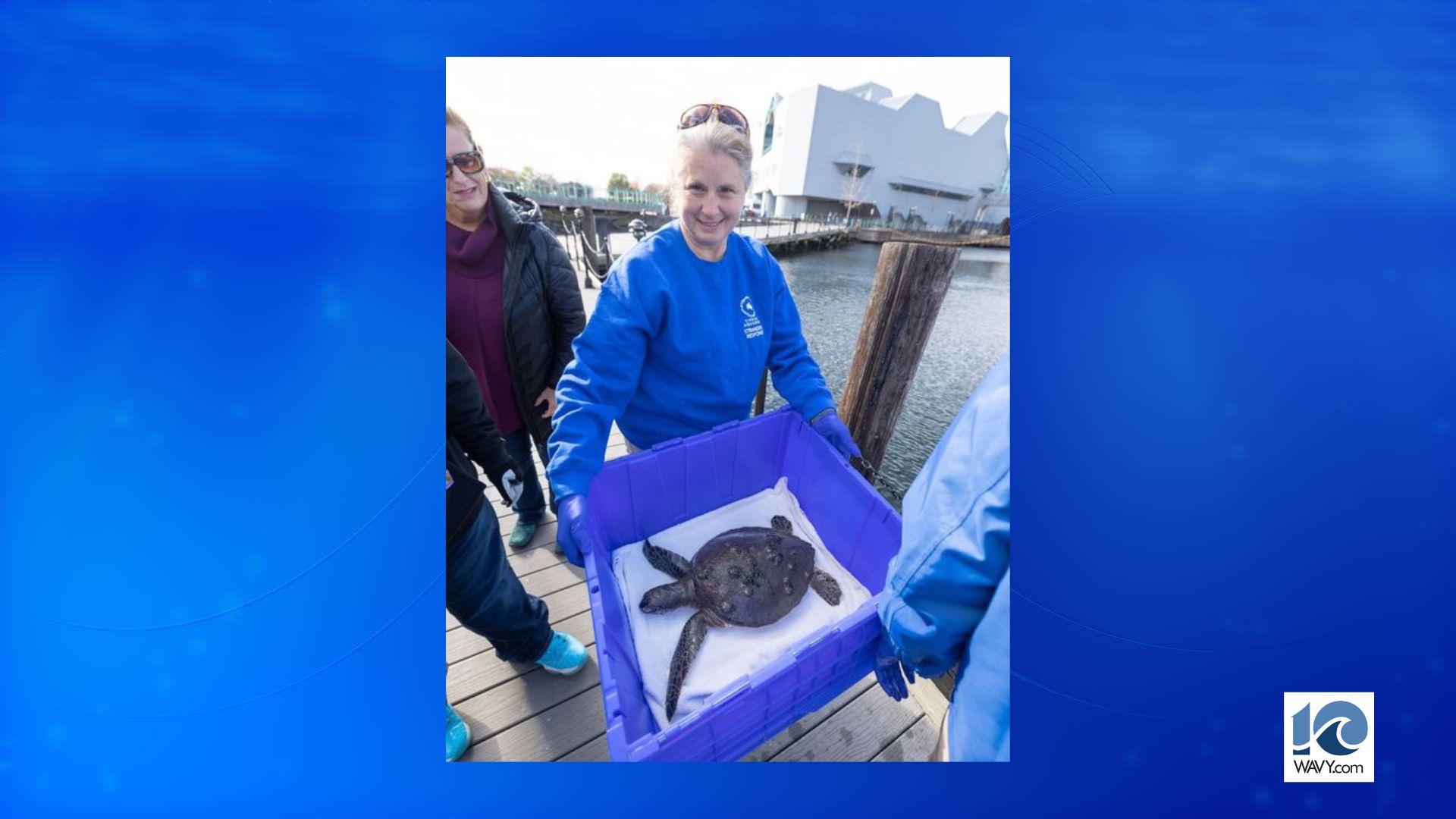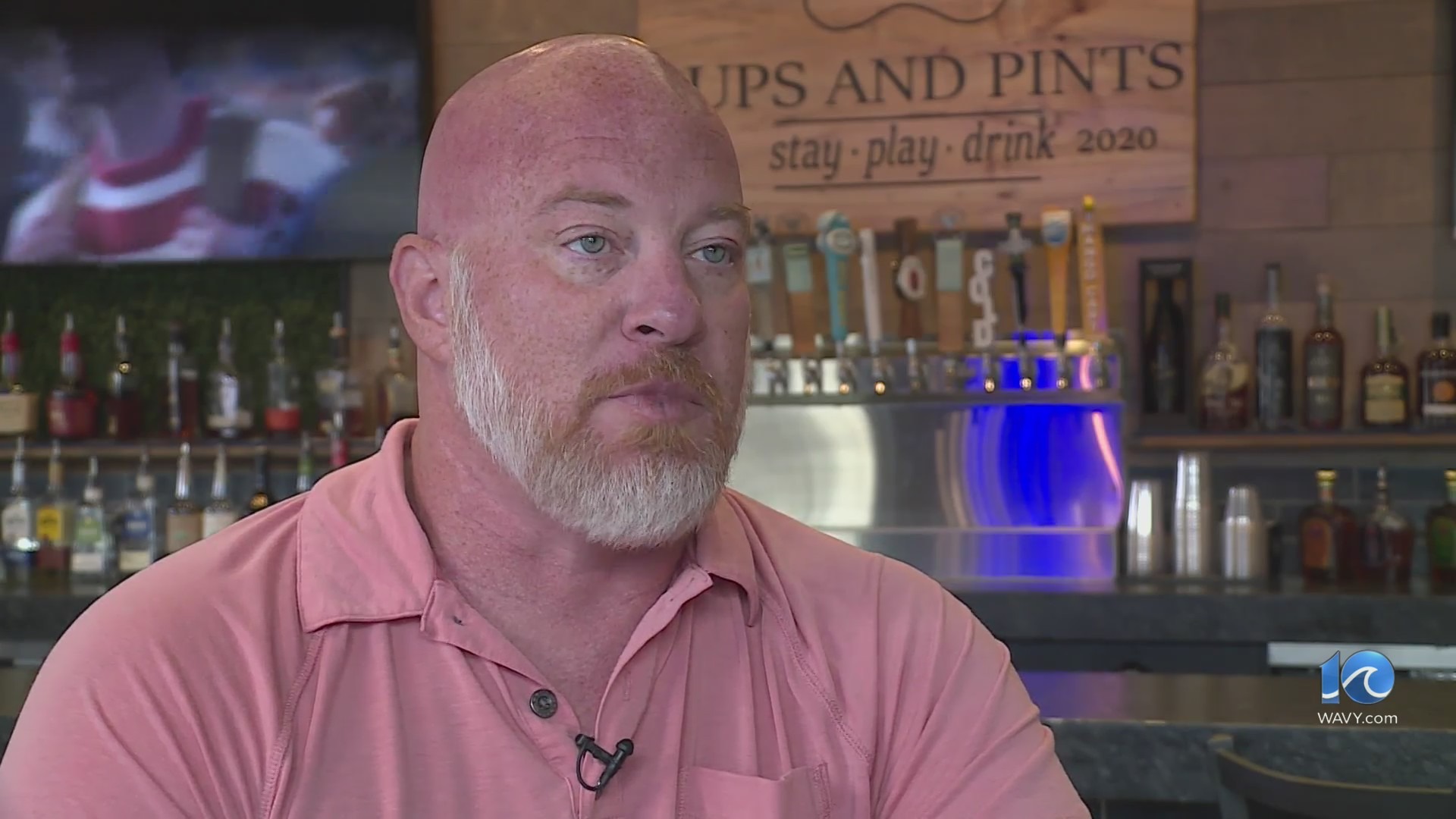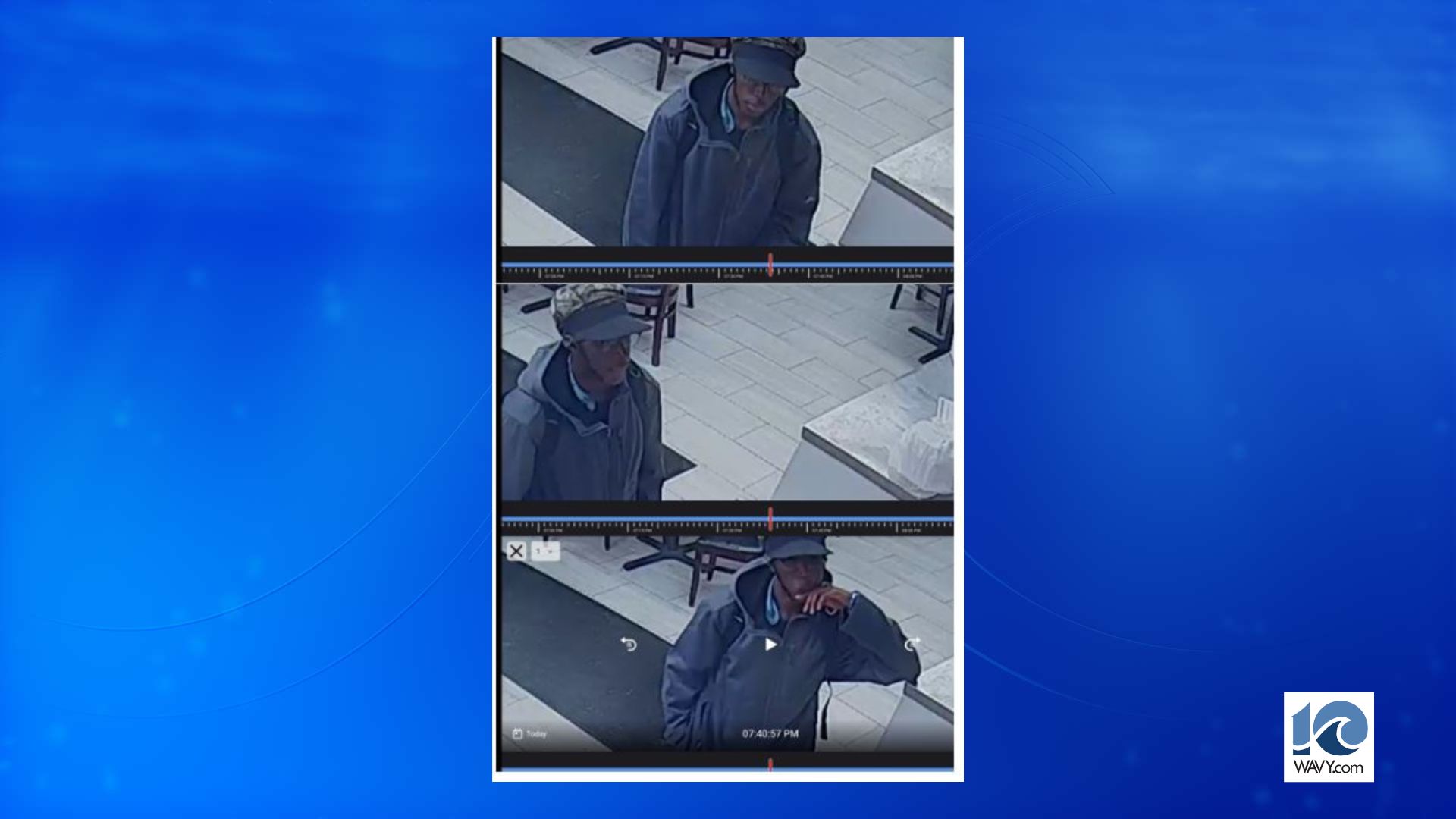CHESAPEAKE, Va. (WAVY) — Dr. Javaid Perwaiz was like a father figure to Taylor Leigh. She never thought she’d be in a position to doubt the trusted obstetrician-gynecologist, who had been a central figure in her life since she was born.
“He was like a family member to me. He was always there,” Leigh said.
As a popular OB-GYN, Perwaiz treated thousands of women at his solo practice in Chesapeake. He practiced for nearly 40 years before he was arrested in November 2019 and accused of performing unnecessary surgeries on unsuspecting women to make money from fraudulent health insurance claims.
22-year-old Leigh was heartbroken when she learned about Perwaiz’ arrest. The OB-GYN began treating Leigh’s mother in 1981, standing firmly by her side through a pregnancy loss, several cancer scares, and a hysterectomy. Perwaiz celebrated when Leigh was born healthy, and he started treating her as a patient when she was a teenager.
“I saw the Facebook news article with the picture of the office, and I read everything about it. My best friend read it with me and tried to console me because I was freaking out. I don’t know. I was just inconsolable,” Leigh said.
A federal jury convicted Perwaiz of the health insurance fraud scheme a year after he was arrested. Leigh didn’t testify against Perwaiz, but she was among dozens of women who reached out to 10 On Your Side investigators after he was charged.
Perwaiz began performing annual pap smears on Leigh when she was 13 years old. Her results were always normal, until 2017 when Perwaiz said a pap smear showed cancerous cells in the 17-year-old’s cervix. Perwaiz performed a cone biopsy on Leigh at Chesapeake Regional Medical Center and cleared her of cervical cancer.
The pap smears and cone biopsy were the only procedures Perwaiz performed on Leigh. She believed they were necessary at the time, but started having doubts after Perwaiz was arrested. What if her trusted doctor did something to her without her consent, too?
Leigh couldn’t live with the unknown and scheduled an appointment with a new OB-GYN within two months of Perwaiz’ arrest. That doctor had both good and bad news for Leigh: Perwaiz was honest about the procedures he’d performed on her, but the pap smears and cone biopsy weren’t necessary.
“He wasn’t supposed to be performing pap smears on me until I was 21 years old, and the cone biopsy that he did on me shouldn’t have been done until I was 25,” Leigh said. “A level of trust was lost between me and him. It hurt.”
A cone biopsy, like the procedure Leigh had, happens after a pap smear shows that there are abnormal cells in the cervix. Doctors use cone biopsies to investigate what those abnormal cells are and to diagnose women with serious healthcare issues, like cervical cancer. Federal prosecutor Elizabeth Yusi said that Perwaiz operated in a pattern: he frequently used diagnostic procedures and the threat of serious and imminent health concerns, like cancer, to convince women they needed to have invasive surgeries. Many of those women eventually had hysterectomies.
Susan Anderson said she experienced that exact pattern as a Perwaiz patient in the late 1980s.
“I believe I had been going to him for less than two years when I started realizing, for lack of a better term, he was surgery-happy. It seems like every time I turned around, he was waiting to perform more surgery,” Anderson said.
Anderson began seeing Perwaiz in April 1987 after her old OB-GYN retired. She was bleeding between menstrual cycles, and Perwaiz diagnosed her with precancerous cells in her uterus. He performed six procedures on her to treat the precancerous cells before giving her a partial hysterectomy in 1988.
“I heard the word ‘cancer.’ I was going to do whatever my doctor suggested,” Anderson said.
Despite the laser surgeries, Anderson continued to spot blood between periods. Perwaiz said the issue could be permanently fixed with a partial hysterectomy. The decision was tough for Anderson. She was in her early 30s and had two children, but she hadn’t ruled out the possibility of having a third.
“Again, being trusting, I allowed him to do it,” Anderson said.
But, the partial hysterectomy didn’t solve Anderson’s health problems. She continued to have intermittent bleeding, and went to see Perwaiz again in February 1989. He recommended another laser surgery to treat the problem. That’s when she decided to get a second opinion.
Anderson’s new OB-GYN confirmed the worst: The partial hysterectomy wasn’t necessary. That doctor also said that the lining of Anderson’s uterus was “paper-thin” from the laser surgeries, and he was surprised Perwaiz wanted to operate on her again. The new OB-GYN prescribed her hormonal cream to restore her uterine lining, according to documents filed in Chesapeake Circuit Court.
“I trusted [Perwaiz], and I felt so betrayed and so hurt and so angry because of what had been taken from me that I didn’t realize had been taken from me,” Anderson said. “The chance to have children again if I wanted more children and trust. I lost a lot of trust in medical doctors after that.”
Yusi said Perwaiz specialized in two types of diagnostic procedures that he frequently performed in his office. One of those procedures is called a hysteroscopy. He used a tool called a hysteroscope to look into women’s uteruses. A hysteroscope has a light attached to its end, and OB-GYNs use gas or liquid to distend the uterus so they can get a clear view.
Perwaiz outperformed his peers in the number of hysteroscopies he did at his Chesapeake office, but prosecutors proved that he wasn’t doing the diagnostic procedure correctly. Sometimes he used a broken hysteroscope, and he did not use liquid or gas to distend the uterus, according to testimony from his jury trial.
Data collected by insurance companies was presented against Perwaiz at his jury trial. That data showed that he performed hysteroscopies frequently — Optima Health reported that he did them on 17% of his patients, while other local OB-GYNs only did the procedure on .15% of theirs. Perwaiz netted about $450,000 on hysteroscopies over the last 10 years of his career. Despite using a broken tool and not having the correct materials to distend the uteruses, Perwaiz used the results of those hysteroscopies to justify scheduling women for surgery, Yusi said.
Shannon Cohen was Perwaiz’ patient for more than 20 years. She said hysteroscopies were on the list of procedures Perwaiz frequently performed on her during that time.
“I had hysteroscopies. I had cystectomies, polyps removed, d&cs [dilation and curettage procedures],” Cohen said. “All of this was just a yearly occurrence, which I just thought my body was used to.”
“What has shocked me the most is that he was performing these procedures or routine examinations with an instrument in his office that didn’t even work. I’ve had those procedures,” Cohen continued.
The FBI’s investigation wasn’t the first time Perwaiz’ use of hysteroscopies was called into question. Optima Health audited him in 2012 and determined that he overused hysteroscopies. He was placed under an “internal review” and a company leader worked with him to come up with an improvement plan; however, a similar Optima Health audit performed in 2015 identified him as an outlier again. Optima Health did not report its findings to the Virginia Board of Medicine.
10 On Your Side investigations reached out to Optima Health for comment. Sentara spokesperson Dale Gauding offered the following statement on behalf of the company:
“Optima Health met with Dr. Perwaiz about overutilization. Overutilization can affect quality of care and clinical outcomes and also raises costs. There had been no complaints to Optima Health from patients or the places where Dr. Perwaiz practiced.
“Criteria for reporting a physician to the Board of Medicine are strict. They include peer review interventions, suspension of privileges for inappropriate behavior and causing harm to a patient. Utilization issues do not justify contacting the Board of Medicine.”
Dale Gauding, Sentara spokesperson
Another diagnostic procedure that Perwaiz performed frequently and incorrectly was the colposcopy, Yusi said. Perwaiz used a tool called a colposcope to get close-up views of patients’ cervixes. The problem: He didn’t use a $5 bottle of acidic solution needed to identify abnormal cells from normal ones. Despite doing colposcopies incorrectly, Perwaiz made about $50,000 by doing them over the last 10 years of his career.
Diagnostic procedures weren’t the only way Perwaiz scammed insurance companies out of cash, Yusi said. He also performed sterilizations, like tubal ligations, without filling out federal forms correctly. Many patients went to Perwaiz to have their tubes tied to prevent pregnancy, which is a procedure that’s performed by many OB-GYNs; however, federal laws mandate that doctors wait for a month between a woman signing a sterilization consent form and actually performing the surgery. Perwaiz bypassed that waiting period by backdating sterilization forms, Yusi said.
A former colleague who testified against Perwaiz told the jury that he was motivated to perform tubal ligations as quickly as possible to prevent women from changing their minds about getting sterilized, Yusi said.
“Dr. Perwaiz admitted that he was backdating the sterilization consent forms for prior to even when the patient first saw him,” Yusi said. “A patient could come on a Tuesday and say, ‘I want my tubes tied,’ and he would have them sign those consent forms, date it like it was 30 or 40 days ago and perform the procedure that Saturday.”
Some women who spoke with 10 On Your Side investigators said they didn’t come to Perwaiz to have their tubes tied, but they felt he pressured them into the procedure. One of those women is Crystal Sharpe. She was 21 years old when she said Perwaiz pressured her into having a tubal ligation.
By the time Sharpe was 20, she had three children — two daughters and a son. Sharpe said she wanted to have more babies, but Perwaiz told her that another child would be too hard for her to manage. He tied her tubes six weeks after her third child was born.
“I cried, because that’s not really what I wanted. I felt like I had to make that decision under pressure, right then, and I allowed it to happen because of the way he pressured me,” Sharpe said.
Perwaiz told federal investigators that he never missed the deliveries of his pregnant patients. But, when Perwaiz delivered babies, the births didn’t always go smoothly. Prosecutors said he often induced pregnant women, putting their newborns in jeopardy. We’ll discuss that in Chapter 7 of “The Patients v. Perwaiz,” which is scheduled to air on March 18.
The U.S. Attorney’s office is accepting victim impact statements for consideration at Perwaiz’ sentencing from anyone who believes they were hurt by the OB-GYN’s criminal actions. To learn more about how to submit a victim impact statement, click here.
